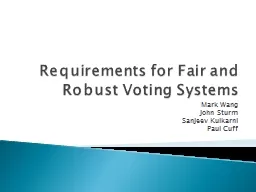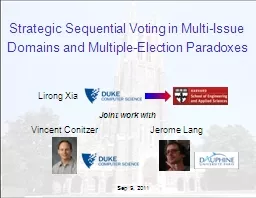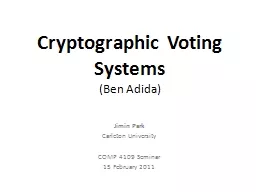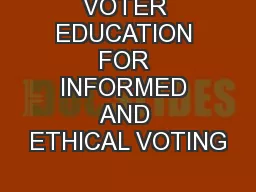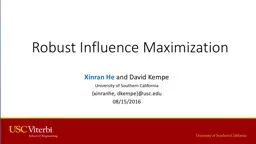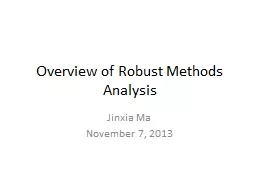PPT-Requirements for Fair and Robust Voting Systems
Author : alida-meadow | Published Date : 2018-09-22
Mark Wang John Sturm Sanjeev Kulkarni Paul Cuff Basic Background What is the problem Condorcet IIA Survey Data Pairwise Boundaries No strategic voting Outline
Presentation Embed Code
Download Presentation
Download Presentation The PPT/PDF document "Requirements for Fair and Robust Voting ..." is the property of its rightful owner. Permission is granted to download and print the materials on this website for personal, non-commercial use only, and to display it on your personal computer provided you do not modify the materials and that you retain all copyright notices contained in the materials. By downloading content from our website, you accept the terms of this agreement.
Requirements for Fair and Robust Voting Systems: Transcript
Download Rules Of Document
"Requirements for Fair and Robust Voting Systems"The content belongs to its owner. You may download and print it for personal use, without modification, and keep all copyright notices. By downloading, you agree to these terms.
Related Documents

